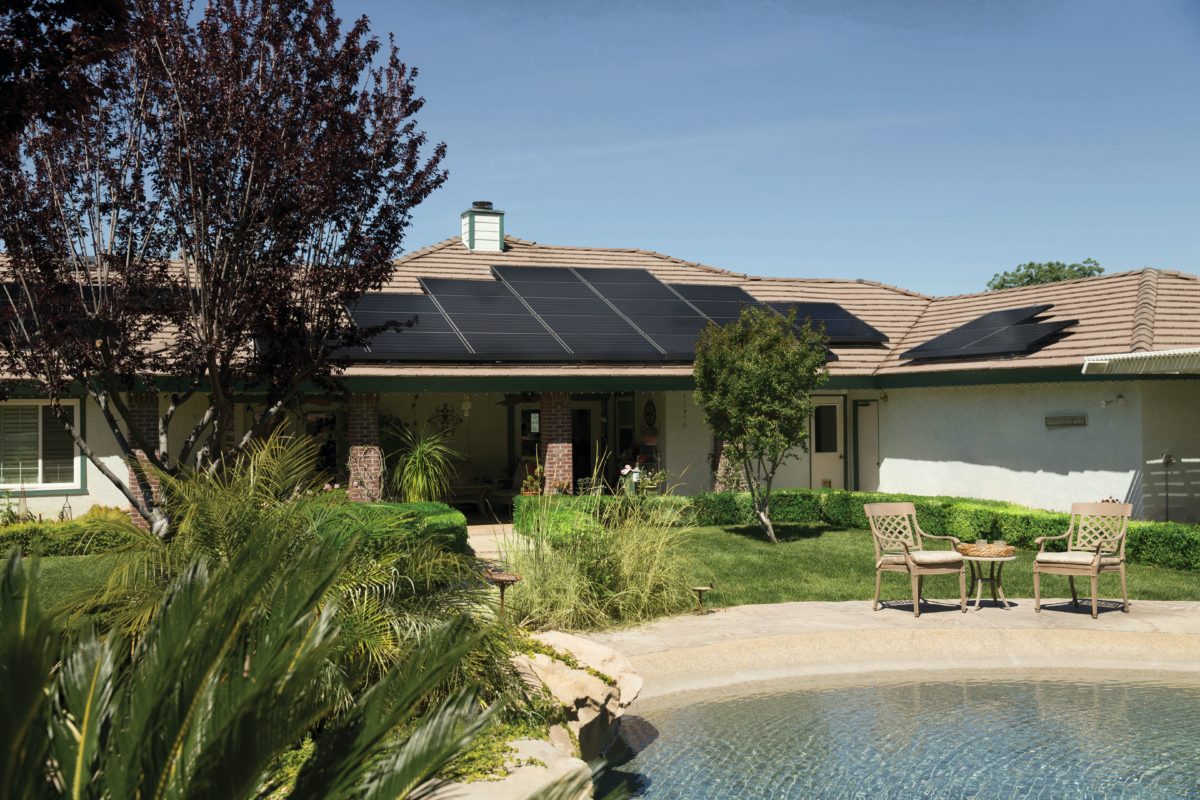Florida-based Castillo Engineering Services, a solar and energy storage design firm, recently launched Solar Done Right, which it said is intended to advance the quality and safety of solar designs and installations by providing checklists and other educational resources.
The checklists, downloadable for free, provide guides to help ensure that projects comply with the newly updated Florida Building Code, National Electric Code, and National Fire Code.
“Checklists are a key element of high-reliability and high-performance engineering,” said Christopher Castillo, CEO of Castillo Engineering. The Solar Done Right Checklist is intended to help keep local building departments, solar installers, and homeowners current on the latest structural, electrical, and fire safety solar codes; as well as reduce plan examiners’ review times and permit rejections.
Rejected solar plans
The company cited five primary reasons why solar plans are rejected in Florida.
- Missing PE Stamp: Florida now requires a professional engineer stamp, or an FSEC certification.
- Plans not site-specific: Florida Building Code (FBC) requires site-specific measurements of wind speed, exposure category, and risk category. Module pressures and attachment spans must be included as well, and none of these measurements may be generically assumed.
- Incorrect wind zones: FBC 2020 set new wind zones, increasing the number from three to seven distinct zones, and reworked roof zones on flat roof planes. Pressures per roof zone also increased with respect to wind speed.
- Missing module exposure identification: The recent code change differentiates the pressures experienced by the PV module based on its location in the array. Modules are now separated into edge, exposed, and non-exposed classifications.
- Incorrect attachment spans and loading: The spans between attachments are determined by the loading on the attachments. That loading should not exceed the maximum allowable strength of the attachments. The effect is to limit the span of the rails between the attachments.
In addition to the checklists, Castillo Engineering will offer a series of Continuing Education Courses hosted by the Building Officials Association of Florida.
This content is protected by copyright and may not be reused. If you want to cooperate with us and would like to reuse some of our content, please contact: editors@pv-magazine.com.









By submitting this form you agree to pv magazine using your data for the purposes of publishing your comment.
Your personal data will only be disclosed or otherwise transmitted to third parties for the purposes of spam filtering or if this is necessary for technical maintenance of the website. Any other transfer to third parties will not take place unless this is justified on the basis of applicable data protection regulations or if pv magazine is legally obliged to do so.
You may revoke this consent at any time with effect for the future, in which case your personal data will be deleted immediately. Otherwise, your data will be deleted if pv magazine has processed your request or the purpose of data storage is fulfilled.
Further information on data privacy can be found in our Data Protection Policy.